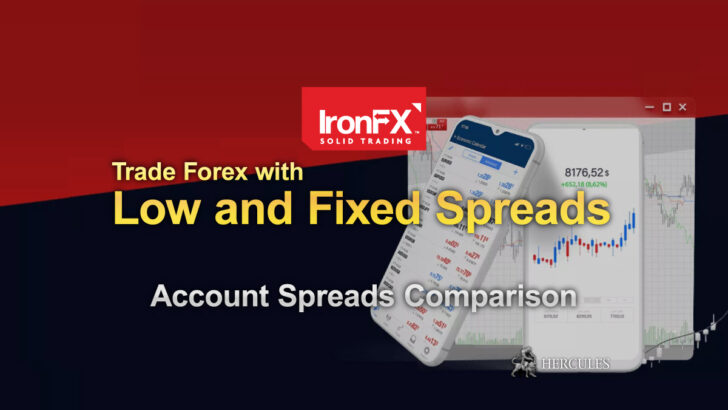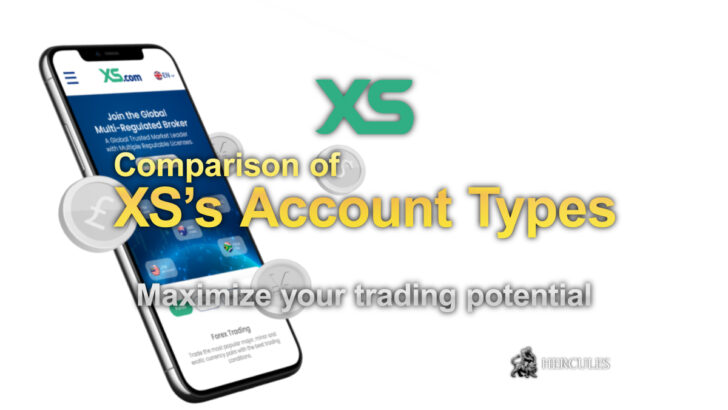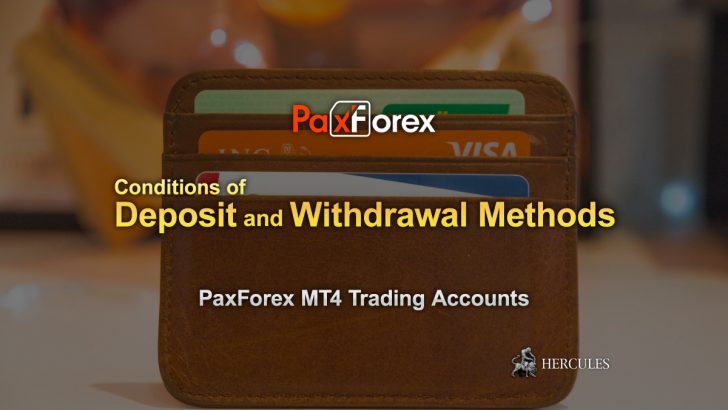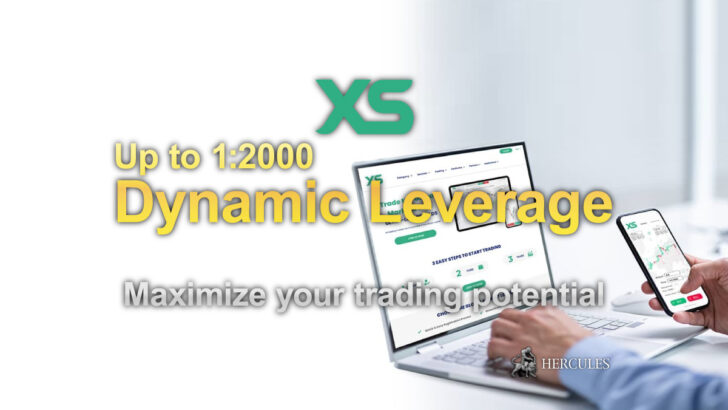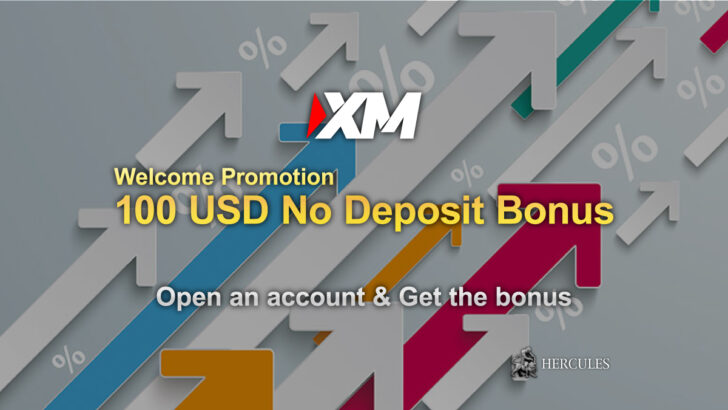Question: What's the spread cost & commission of Fortrade?
Fortrade offers a comprehensive suite of financial assets including currency pairs, stocks, indices, and commodities. The company operates under the stringent regulations of the Cyprus Securities and Exchange Commission (CySEC) and is committed to providing a secure, accessible, and reliable trading environment. This detailed analysis explores the financial aspects of trading with Fortrade, focusing particularly on the spread costs and commission structures that affect traders.
Overview of Trading Costs at Fortrade
Trading financial instruments with Fortrade involves various costs, which primarily include spread costs and holding costs. The spread is the difference between the buy (ask) and sell (bid) prices quoted for an asset. This cost is inherent to almost all trading platforms and varies across different asset types and market conditions. Fortrade prides itself on offering competitive spreads that aim to minimize trading costs for investors.
Go to Fortrade Official Website
1. Spread Costs
The spread cost is critical as it represents the cost paid by the trader on entering and exiting a trade. For instance, if a trader buys a currency pair, they start with a slight loss equivalent to the spread. This cost must be overcome through favorable market movements to reach profitability. Fortrade offers variable spread costs that are competitive within the industry, which can be particularly advantageous for day traders and those who make frequent trades.
- Major Currency Pairs: Such as EUR/USD and GBP/USD typically have the lowest spreads due to their high liquidity.
- Stock CFDs: Spreads here may be higher, reflecting the underlying market conditions and the volatility of the specific stocks.
- Commodities and Indices: These also have variable spreads based on market liquidity and the specific product being traded.
2. Holding Costs (Swap Fees)
Holding costs, also known as swap fees or overnight fees, are charged when a position is held open past the closing time of the trading day (typically 5 PM New York time). These fees vary depending on the direction of your position (long or short) and the prevailing interest rates associated with the asset being traded. For traders who hold positions for longer periods, these costs can add up and must be considered as part of the overall trading strategy.
Commission Structure
Fortrade operates on a “no commission” basis for regular trades. This means that traders are not charged any fees for opening and closing trades, other than the spreads. This structure is quite beneficial for traders as it simplifies cost calculation and makes it easier to manage trading expenses.
Go to Fortrade Official Website
Additional Trading Costs
- Inactivity Fees: Accounts that are inactive for extended periods may incur a monthly inactivity fee. This is to cover the cost of maintaining these accounts.
- Currency Conversion Fees: For trades involving currency pairs that are not denominated in the account’s base currency, a currency conversion fee may apply.
- Regulatory Fees: Depending on the region and the type of trade, regulatory fees may be imposed.
Transparency and Support
Fortrade is committed to transparency in its fee structure. Detailed information on all trading costs, including spreads and holding costs, is readily available on the Fortrade platform. This allows traders to make informed decisions based on potential costs.
Additionally, Fortrade provides robust educational resources to help traders understand market conditions, trading costs, and strategies for cost-effective trading. This support is aimed at empowering traders to maximize their trading potential while effectively managing their expenses.
Go to Fortrade Official Website
Fortrade offers a competitive and transparent trading environment with a clear emphasis on minimizing costs for traders. By offering low spreads and no commissions on most trades, along with comprehensive educational resources, Fortrade supports both new and experienced traders in navigating the complexities of financial markets. Understanding these costs is crucial for developing effective trading strategies and achieving long-term trading success.

